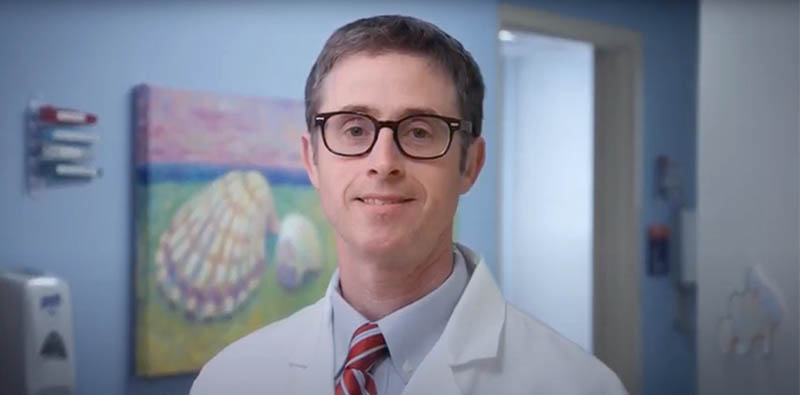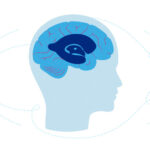Undescended testicles: Why prompt referral is key

An estimated 3 percent of boys have undescended testicles at birth, making it a common problem encountered by pediatricians and urologists alike. Also known as cryptorchidism, an undescended testicle is one that hasn’t moved into its proper position in the scrotum before birth. Typically, only one testicle is affected, but in some cases, both may not drop into position.
For pediatricians, knowing when and how to contact a urologist is crucial since speedy diagnosis and treatment can reduce complications. Caleb Nelson, MD, MPH, a urologist in the Department of Urology at Boston Children’s Hospital, offers reminders and best practices to keep top of mind when referring for undescended testicles.
What to look for
Not seeing or feeling a testicle where you would expect it to be in the scrotum is the main sign of an undescended testicle. If both testicles are undescended, the child’s scrotum may look unusually small and flat. If only one testicle is affected, the scrotum may look lopsided. A testicle that can’t be felt in a physical exam is called a “nonpalpable” testicle. A “nonpalpable” testis cannot be felt in any location. A “palpable” testis can be felt, regardless of location; a palpable testis may be felt in the scrotum, groin, or other locations.
The bottom line: If you can’t feel or see one or both testicles, it’s best to refer the family to a pediatric urologist for an in-depth examination. Although rare, an infant with bilateral nonpalpable testes should be evaluated immediately by a urologist or endocrinologist for a potential disorder of sexual development (DSD). Likewise, a child with unilateral nonpalpable testis and hypospadias should also be referred for evaluation of a potential DSD.
When to refer
“Infants with a suspected undescended testis will benefit from an immediate referral to a pediatric urologist, particularly if it hasn’t descended by the time a child is 6 months old,” Dr. Nelson notes. “However, having a referral prior to 6 months is also considered a best practice, as families often appreciate having the chance to meet their urologist and learn about the condition and what to expect.”
What not to do
As tempting as it may be to send the patient for an ultrasound prior to referring them to a urologist, Dr. Nelson urges prompt referral to a specialist instead. “The pediatric urologist will perform the needed examinations once the child is referred,” he says. “While pediatricians may believe that ordering an ultrasound prior to the referral is helping bring peace of mind to parents, ultrasound is rarely needed in the management of undescended testis, so it’s actually causing an unnecessary step in the diagnostic process. American Urological Association guidelines specifically recommend against routine use of ultrasound for suspected undescended testicles. Removing that additional step will streamline treatment and offer answers sooner.
For more information on how to diagnose undescended testicles and published urology guidelines, check out:
That’s important because the longer the wait before surgery, the higher the risk of complications the child may experience down the road. Potential complications include fertility issues, hormonal problems, and testicular cancer. Current practice is to surgically correct undescended testicles by 18 months of age.
For Dr. Nelson, the most important take-home message to pediatricians who suspect undescended testicles for any infant or child is to immediately refer them to a urologist without hesitation. “The sooner we’re able to get that referral, the sooner we can provide treatment and get the child on the road to recovery.”
To learn more about undescended testicles and refer a patient, please contact Boston Children’s Department of Urology.
Related Posts :
-

Drawing on data to revolutionize pediatric urology
At first blush, data analytics — sifting through raw data to discover patterns and draw conclusions from them — seems far afield ...
-

Beyond fluid buildup: Rethinking congenital hydrocephalus
Hydrocephalus is classically seen as a plumbing problem, the result of too much cerebrospinal fluid (CSF) in the brain or ...
-

Immunotherapy for kids: An option for childhood liver cancer?
You may have seen ads for immunotherapy drugs, or even know someone whose cancer has been treated with them. These ...
-

Parsing the promise of inosine for neurogenic bladder
Spinal cord damage — whether from traumatic injury or conditions such as spina bifida — can have a profound impact on bladder ...





